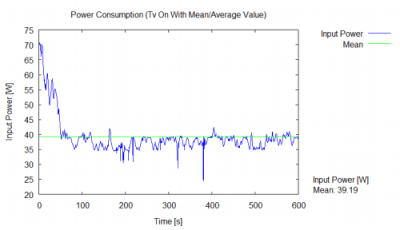First things first: the tease on this video, that an electric supercar can be charged from a massive lemon battery array, is exactly that – a tease. Despite that, it makes for an interesting story and a great attempt to get kids exposed to science and engineering.
The story goes that [Mark] was approached by Volkswagen to help charge the batteries on their entry for the upcoming Pikes Peak International Hill Climb, the annual “Race to the Clouds” in Colorado. Racers are tortured by a 4,700′ (1,440 m) vertical climb over a 12.42 mile (20 km) course that features 156 switchback turns. Volkswagen’s entry is an electric supercar, and they sent [Mark] a portable battery cart to charge up the best way he saw fit.
Teaming up with [William Osman], the first attempt was a massive array of lemon cells, made with waterjet-cut strips of zinc and copper held in a plywood frame. Studded with 1,232 lemons, the battery performed just about as well as you’d expect it would. Plan B was cute, and another of [Mark]’s attempts to pad his “Funnest Uncle Ever” score a bit. He devised a zip line with regenerative braking to charge a cordless drill battery, and then indirectly harvested the energy in the battery by turning it into lemonade for a bunch of kids. The sugared-up kids rode the zip line till the battery was charged.
That was still a drop in the bucket, though, so Plan C saw [Mark] install a large solar array on his roof; the tie-in here was that the lemon-powered kids got to design a cleaning system for the solar array. A weak link, to be sure, but the kids had fun, and we can’t deny that the car will at least be partially lemon-powered when it heads up the hill.
Continue reading “Charging An Electric Supercar With Lemons, Kids, And The Sun”


















